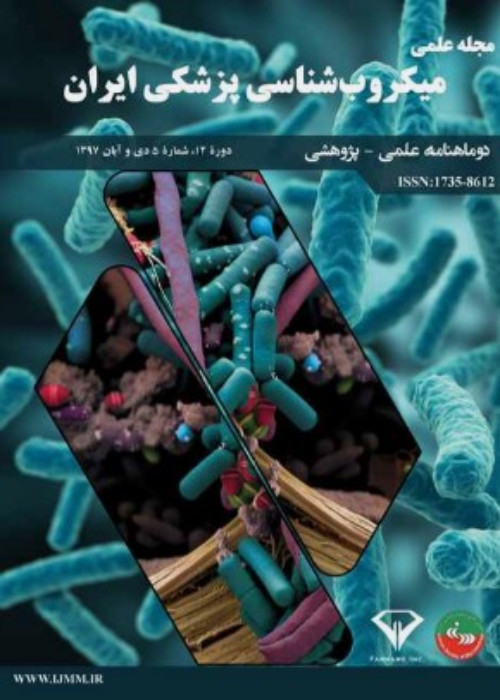Comparison of antibacterial activity of Trans-cinnamaldehyde, 1, 8 Cineole, and Pulegone against Streptococcus equi subsp equi Isolated from Horse
Strangle in the horses is the commonest and the most significant infectious disease. An antibiotic of the first choice, commonly Penicillin, is used for antimicrobial therapy. Due to side effects and resistance against used antibiotics, interest in novel antimicrobial substances from other sources, including herbal medicine as safe agents has been raised. This study evaluated the antibacterial susceptibility profile of Streptococcus equi subsp equi in the confrontation of Trans-cinnamaldehyde, 1, 8 Cineole, and Pulegone on bacterial pathogens isolated from the horse.
Two hundred clinically isolates were studied by the single disk method to Ampicillin, Ciprofloxacin, Trimethoprim sulfamethoxazole, Gentamicin, Enrofloxacin, Chloramphenicol, Azithromycin, Cefotaxime, Oxytetracycline, Erythromycin, and Penicillin. Paper discs were prepared by impregnation in 10 µL essential oils main compounds (EOMC). The antibacterial activities of Trans-cinnamaldehyde, 1, 8 Cineole, and Pulegone were evaluated by microbroth dilution and disk diffusion methods against isolates of S. equi.
All the isolates were resistant to Trimethoprim-sulfamethoxazole and Cefotaxime. The maximum growth inhibition zone was related to Oxytetracycline and Ampicillin. The growth inhibition zone diameter was 30 mm, 20 mm, and 26 mm for Trans-cinnamaldehyde, Pulegone, and 1, 8 Cineole, respectively. The results of the Minimum inhibitory concentrations (MICs) and Minimum Bactericidal Concentrations (MBCs) showed that Trans-cinnamaldehyde had the highest antibacterial activity compared to other EOMC against S. equi. This study indicated that Trans-cinnamaldehyde, 1, 8 Cineole, and Pulegone revealed antibacterial properties; therefore, these main constituents of the medicinal plant could be a safe candidate for the new antibacterial products.
- حق عضویت دریافتی صرف حمایت از نشریات عضو و نگهداری، تکمیل و توسعه مگیران میشود.
- پرداخت حق اشتراک و دانلود مقالات اجازه بازنشر آن در سایر رسانههای چاپی و دیجیتال را به کاربر نمیدهد.


